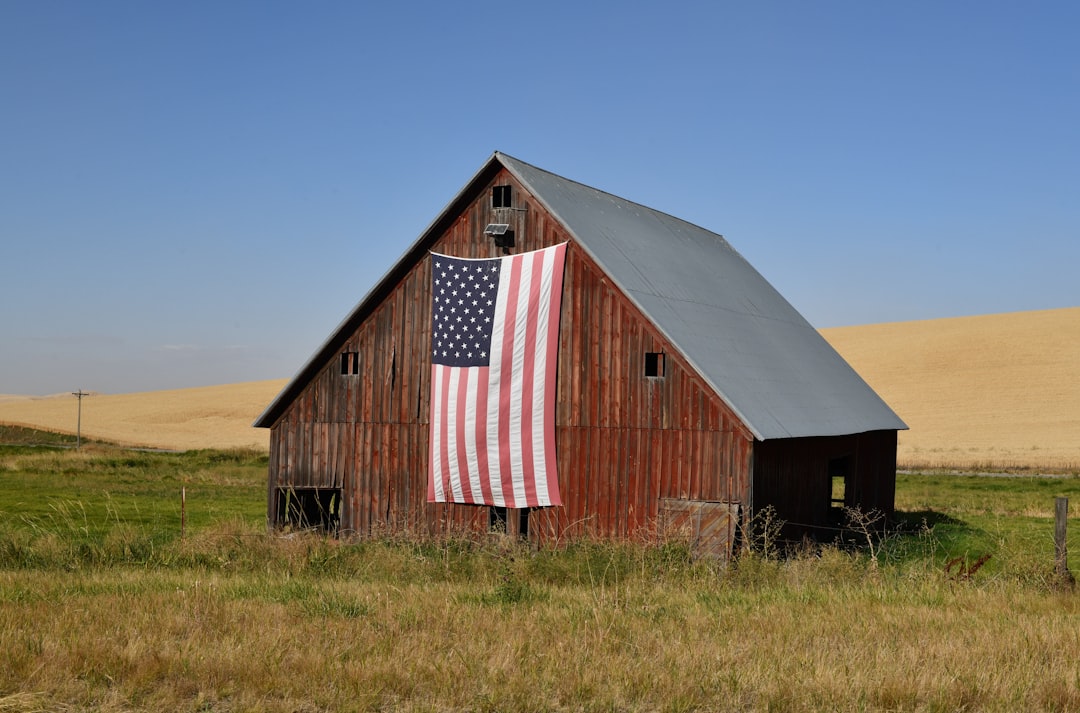A Stunning Reversal in Rural Strongholds (Image Credits: Unsplash)
In the quiet expanses of America’s heartland, where amber waves of grain sway under wide skies, a once-solid alliance between farmers and the Democratic Party has quietly frayed, leaving behind a landscape of political distrust.
A Stunning Reversal in Rural Strongholds
Picture this: just a few decades ago, rural districts sent more Democrats to Congress than Republicans. That changed dramatically starting in the 1990s, as the party shifted focus and priorities. Today, Republicans hold a commanding lead in these areas, with Democrats winning barely any rural seats nationwide.
The flip isn’t just numbers on a map. It’s a deep-seated feeling among rural voters that the Democratic Party no longer speaks their language. Surveys show rural folks leaning heavily Republican, often by margins of 20 points or more, turning what was once a reliable base into a no-go zone.
This reversal hit hard in the 2024 elections, where even targeted outreach efforts fell short. Voters cited a sense of being overlooked, fueling a cycle that’s tough to break.
Cultural Disconnects Fueling the Fire
It’s not all about policy tweaks like better broadband or farm subsidies. At its core, the rift stems from cultural differences that make rural Americans feel judged or ignored. Democrats’ emphasis on urban issues, from climate initiatives to social reforms, often lands as out of touch in places where tradition and self-reliance run deep.
Take the 2016 election as a turning point. Many rural voters rallied behind candidates who championed their values, like gun rights and local control, seeing Democrats as aligned with coastal elites. This sentiment lingers, with recent polls highlighting how cultural resonance trumps economic pitches every time.
Yet, rebuilding means more than slogans. Face-to-face talks in community halls could help, but Democrats have shied away from these gritty efforts, letting the gap widen.
Economic Realities Left Behind
Rural economies face unique pressures, from factory closures to volatile commodity prices, but Democratic strategies haven’t always connected. Promises of infrastructure spending sound good, yet implementation often favors cities, leaving small towns wondering when their turn comes.
Consider the opioid crisis or healthcare access in remote areas. These hit rural communities hardest, but national Democratic platforms sometimes bundle them with broader agendas that dilute the message. Voters remember New Deal-era support for farmers; today’s approach feels distant by comparison.
Still, some bright spots exist. Local Democratic candidates who focus on tangible wins, like rural broadband expansions, occasionally chip away at the margins, proving economics can bridge divides if handled right.
The Urban-Rural Polarization Trap
America’s growing divide pits bustling cities against sprawling countrysides, amplifying political tensions. Urban voters, who lean Democratic, dominate national narratives, while rural voices get drowned out despite their outsized influence in the Electoral College and Congress.
This imbalance breeds resentment. Rural areas, home to about 20% of voters, wield disproportionate power in swing states, yet feel culturally sidelined. Recent analyses point to how media coverage reinforces stereotypes, making Democrats seem like outsiders meddling in local affairs.
Breaking this cycle requires intentional effort. Hosting regional conventions or tailoring messages to local concerns could humanize the party, but national leaders often overlook these nuances.
Lessons from the 2024 Battlefield
Last year’s elections laid bare the challenges. In states like Pennsylvania and Wisconsin, Democrats poured resources into suburbs but neglected rural precincts, leading to lopsided losses. One study found rural turnout surged for Republicans, driven by turnout operations that Democrats couldn’t match.
Key factors included distrust in institutions and a perception that Democratic policies ignore rural needs. Candidates who tried “singing cowboy” personas or folksy ads flopped, underscoring that authenticity matters more than gimmicks.
Looking ahead, experts urge a ground-up approach. Investing in year-round organizing, as some state parties are trying, might slowly rebuild ties without alienating urban bases.
Charting a Path Forward
Democrats aren’t doomed in rural America, but change demands bold moves. Prioritizing local leaders who embody community values could restore credibility. Here’s a quick look at potential strategies:
- Boost rural-specific policy teams to craft targeted agendas.
- Expand grassroots canvassing beyond election seasons.
- Partner with local influencers, from farmers to small business owners.
- Address cultural issues head-on, like supporting family farms without urban biases.
- Measure success by engagement, not just votes, to build long-term trust.
These steps won’t flip red districts overnight, but they signal respect. Without them, the rural exodus continues, tilting the national balance further.
Key Takeaways
- Rural voters’ shift to Republicans is more cultural than economic.
- Democrats must invest in local, year-round outreach to rebuild.
- The urban-rural divide shapes 2025 politics, demanding balanced strategies.
As 2025 unfolds, the Democratic Party stands at a crossroads in rural America – ignore the heartland at your peril, or lean in and rediscover shared roots. What steps do you think could bring rural voters back? Share your thoughts in the comments.




